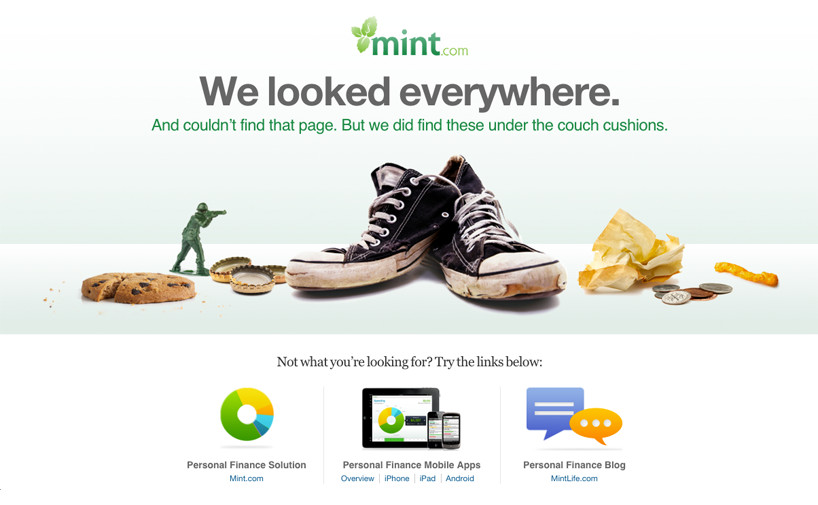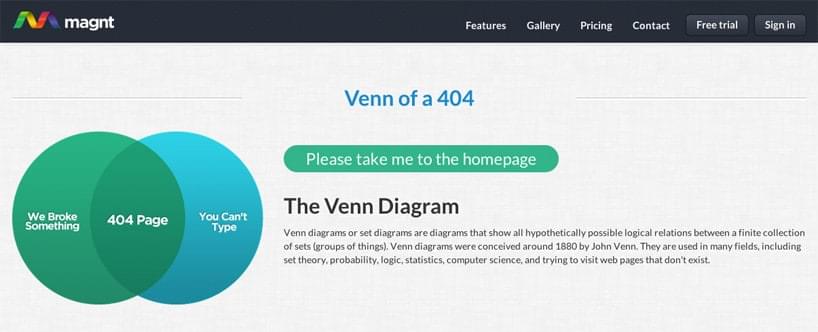Why Build a Custom 404 Error Page
November 18, 2014
4 min read
It's after 2 in the morning. You just got in from the bar, three sheets to the wind. You turn on the television as you slump in front of the computer to check your Facebook page one last time before you stumble your way to the bedroom and pass out wearing last night's clothes.
As you scan your profile, a late night infomercial comes on TV to promote the new and improved Thing-A-Ma-Jig 2000. You must have it and you must have it now! You attempt to type the URL into the address bar, but in your drunken haze you sausage-finger your way into the middle of cyberspace nowhere. You are presented with the sad little message - "Not Found." You've reached a 404 error page - proof that nothing good happens after 2 AM.
What Is A 404 Error?
According to Wikipedia:
"The 404 or Not Found error message is a HTTP standard response code indicating that the client was able to communicate with a given server, but the server could not find what was requested."
It's hard not to read this definition in a robotic, monotonous voice. In simpler terms, a 404 page is what a user is faced with when trying to reach a non-existent page on the web. It's named this way because the response to a request for a missing page is an HTTP status code of 404, indicating that the page is not found. The most common causes of this error are:
- A mistyped URL, as stated in the scenario above (and no, it doesn't only happen after 2 AM).
- An out-of-date search engine link
- A broken internal link
Why Create A Custom 404 Error Page?
Best practices dictate the importance of creating a custom 404 page. A well designed 404 page will help users find information more easily, and may provide other useful content, motivating the user to explore further.
"Do not expect users to put forth this much effort if you have not put forth the effort to make your page more user friendly." - Matthew Kammerer
What Are Some Features To A Custom 404 Error Page?
Firstly, don't blame the user (even if it is their fault). You don't want to send them packing with a bad taste in their mouth. They've already reached an error page - let's see if we can turn this around and keep the user happy and engaged with the site.
Including words or phrases in the error message such as "might have" or "possibly" will help the user regain that warm, fuzzy feeling. Offer some helpful content to guide the user on their journey through your site. An obvious solution here is to provide a link to the homepage and site map.
If there is a search option on the site, add it to the 404 page. This allows the user to attempt to pin-point where he or she meant to go.
404 Error Pages And SEO
It's important to understand how 404 error pages impact SEO and your site's ranking, if at all. The 404 HTTP status code tells search engines not to index the 404 error page, helping search engines crawl the pages of the site that matter the most to the user. There are also soft 404 errors, which are pages that deliver the same "Not Found" message to the users, but deliver a standard 200 HTTP status "OK" to the search engines. This allows these pages to get crawled and indexed.
Before You Get Out Of Here…
There are plenty of round-ups of creative and useful 404 error pages - here's a small collection of some of my favorites. Feel free to share some of yours in the comments.




As always, you can reach out to me on Twitter @morsecodemedia.